This December 6th, 2019, we mark the 30th anniversary of the Montreal Massacre. We often see the names and pictures of the women who were brutally murdered that day, but we wanted to learn and share more about who each of the women were, what they loved, and what their dreams were.
In memory of the 14 female engineering students whose lives were cut short:
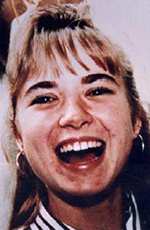 Geneviève Bergeron
Geneviève Bergeron
Geneviève was a second-year scholarship student in civil engineering. She was a talented musician who played clarinet and sang in the Montreal Symphony Orchestra choir. She wasn’t sure whether she’d pursue engineering or music after graduation. In her spare time she played basketball and swam. Her mother has said “she was a real ball of fire and a total woman”, and described her as sweet, generous, and bubbling with life.
Hélène Colgan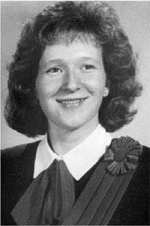
Hélène was in her final year of mechanical engineering. She was an excellent student and already had three job offers. She had planned to take a vacation to Mexico a few weeks later with her friend Nathalie Croteau. Her father has said “she wanted to go to the farthest limits of life. She had so much ambition and hope … I don’t even want to think what she could have done.” He described her as conscientious and patient: someone who always pushed things through to the end.
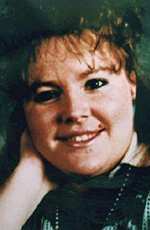 Nathalie Croteau
Nathalie Croteau
Nathalie was in her final year of mechanical engineering. She planned to take a two-week vacation to Mexico with Hélène Colgan at the end of the month. She has been described as outgoing, enterprising, and passionate about learning, particularly when it came to science.
Barbara Daigneault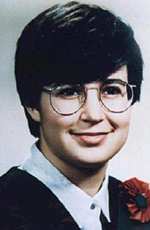
Barbara had just one more term to go before she would graduate from mechanical engineering. She was a teaching assistant for her father, Pierre Daigneault, a mechanical engineering professor at L’Université du Québec à Montréal. According to this article from Global News: “Her life as a student was what you might expect: sharing photocopies of class notes, chatting over cups of coffee, and meeting for lunch with friends. She loved shrimp omelettes and chocolate cake with whipped cream.” She has been described as very nice and very smart.
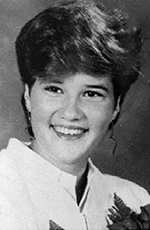 Anne-Marie Edward
Anne-Marie Edward
Anne-Marie was a chemical engineering student. She has been described as enthusiastic, clever, energetic, optimistic, stubborn, and confident. She loved extreme sports including white water rafting, diving, rock-climbing, and downhill skiing (she was on the École Polytechnique ski team, and skied with her family). Not one to give up on a challenge, she capsized her family’s boat 56 times in a row trying to figure out how to sail it. After her death, her teammates wore patches with her initials on their ski uniforms.
Maud Haviernick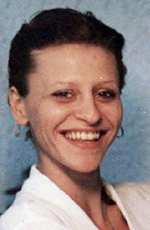
Maud was in her second year of metallurgical engineering. She had a degree in environmental design from the Université du Québec à Montréal and had previously worked as an interior designer, but her dream was to study materials engineering and become an engineer. She lived with her partner, Serges and had a room in her home dedicated to her hobbies, including sculpture. She has been described as “a go-getter who gave any pursuit she took on her all.” Her mantra was “if you feel like going all the way, well, just do it.”
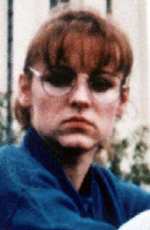 Barbara Klucznik-Widajewicz
Barbara Klucznik-Widajewicz
Born in Poland, Barbara was a first-year nursing student at L’Université de Montréal. Described as a whiz who had studied engineering, economics, and food logistics, she had given up her career as an economist to study nursing. She and her husband fled Poland for Germany in 1986, but they had their eyes on Canada: they felt it was a safe country and Barbara was interested in Québécoise culture. After getting an aunt to sponsor them, they moved to Montreal in the spring of 1987. Barbara’s husband shared that she spoke five languages, read a lot, and loved to help people. She has also been described as outgoing and friendly, and had what her husband described as “great deadpan sarcasm”.
Maryse Laganière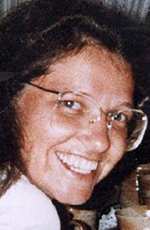
Maryse was a budget clerk for the school’s finance department. She had gotten married in August of 1989 and was working on starting a family with her husband Jean-François Larivée. She has been described as very gentle, soft, and calm. “She was always smiling and was always appreciated by her colleagues” according to her union boss. She was the youngest of 14 siblings.
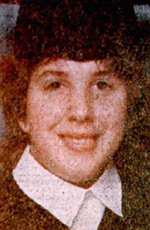 Maryse LeClair
Maryse LeClair
Maryse was a fourth-year mechanical engineering student, one of the top students in the school, and the eldest of four girls. She liked listening to British punk and new wave music, and was looking forward to studying and travelling together with her boyfriend and classmate, Benoit. Long-time friend Jean Blondin said “she had all the talent in the world and a promising future.” She has been described as a rebel, a go-getter, and someone who did not care what people thought of her.
Anne-Marie Lemay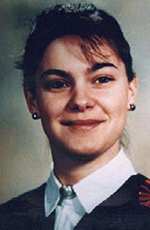
Anne-Marie had originally been interested in studying medicine, but ultimately chose mechanical engineering, in part because of a friend who lost the use of his legs: she’d visited him regularly to assist him with rehabilitation, and through that recognized the value of mechanical devices. She has been described as organized, studious, and social. She played in a band and was a member of the South Shore parish choirs. According to the choral director she was one of their best singers. He also said “everybody loved her. She always had a smile and was in a good mood.”
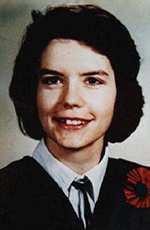 Sonia Pelletier
Sonia Pelletier
Sonia was days away from graduating with a degree in mechanical engineering, and had a job interview scheduled the following week. She was known for winning every competition, securing every scholarship and always being at the top of the class. Her sister in-law said “she was a brain. Her marks were always from 95 to 98 per cent. She worked hard even on weekends because she wanted so much to be an engineer.” She loved rock music, cooking, and teaching others to cook: especially homemade pasta. She was the youngest of 8 children, and has been described as smart, driven, quiet, undemanding, and a source of joy and pride for her family and friends.
Michèle Richard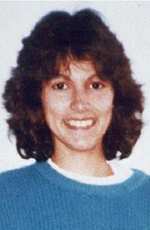
“Mimi” was a second-year metallurgical engineering student. Originally from Lac-Mégantic, she visited her family and friends there a couple of times a year, and thought about buying land there one day. Her boyfriend Stéphane has described her as “a gentle girl, happy, brilliant, beautiful. She lived every moment intensely. She abhorred violence.”
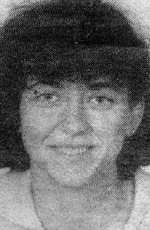 Annie St-Arneault
Annie St-Arneault
Annie was a mechanical engineering student from La Tuque, Québec. She was attending her last class before graduation, and was considering whether she would take a job at an aluminum smelter or travel with her brother in Africa. She was involved in several student associations and university sports. She wrote poetry, was passionate about the environment, and liked to build things from scratch. Her childhood friend Sonia shared the memory of one particular building project: “She glued grains of rice one by one to make a clown figure. When her clown was finished, it was fabulous.” Annie has been described as curious, very kind, meticulous, intensely caring, and always searching for adventures of her own making.
Annie Turcotte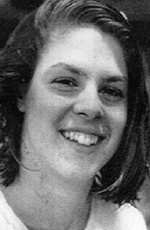
Annie was in her first year of engineering and was interested in metallurgical engineering. She had won a science bursary and hoped to use her skills to find ways to address environmental issues. Though she was serious about her work, Annie has been described as lighthearted and a hit with kids. In the summer, she taught swimming for free at a summer camp for children with disabilities, and during the rest of the year she gave free swim lessons to children staying at her family’s motel. Her brother, who she lived with, shared that “she was amazing with kids. We’d go somewhere and they’d be all over her.” Her mother has said that Annie is “forever our darling … we’ve always kept her very much alive in our house.”
Sources: Montreal Gazette, Flare Magazine, Remember our Sisters Everywhere, Global News
Take Action:







